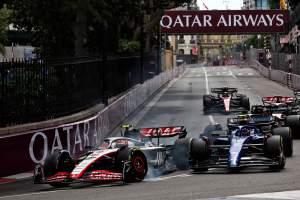Up Next

Formula 1’s next era in 2026 will kick off with six engine manufacturers for the first time in nearly two decades but McLaren will not be among the works teams.
The 2026 rules are the logical endpoint for McLaren’s ongoing, long-term overhaul that is meant to re-establish the team as a title contender.
But it is set to have a locked-in disadvantage for that generation of F1 car because of its own decisions and the moves made by rival teams.
The six manufacturers will all be represented by works teams: Ferrari, Mercedes, Alpine and Red Bull Racing speak for themselves, while Audi is in the process of taking over Sauber and Honda will partner exclusively with Aston Martin.
Not since 2008, when there were engines from Ferrari, BMW, Honda, Mercedes, Renault and Toyota, has F1 had this many manufacturers involved.
McLaren has had discussions with most of the manufacturers (and one that is not joining the grid) but will remain a customer instead.
Instead of being part of the elite top bracket, it will be part of a crop including AlphaTauri, Haas and Williams.
The two nailed-on 2026 works engine prospects McLaren has missed out on are Audi and Honda.
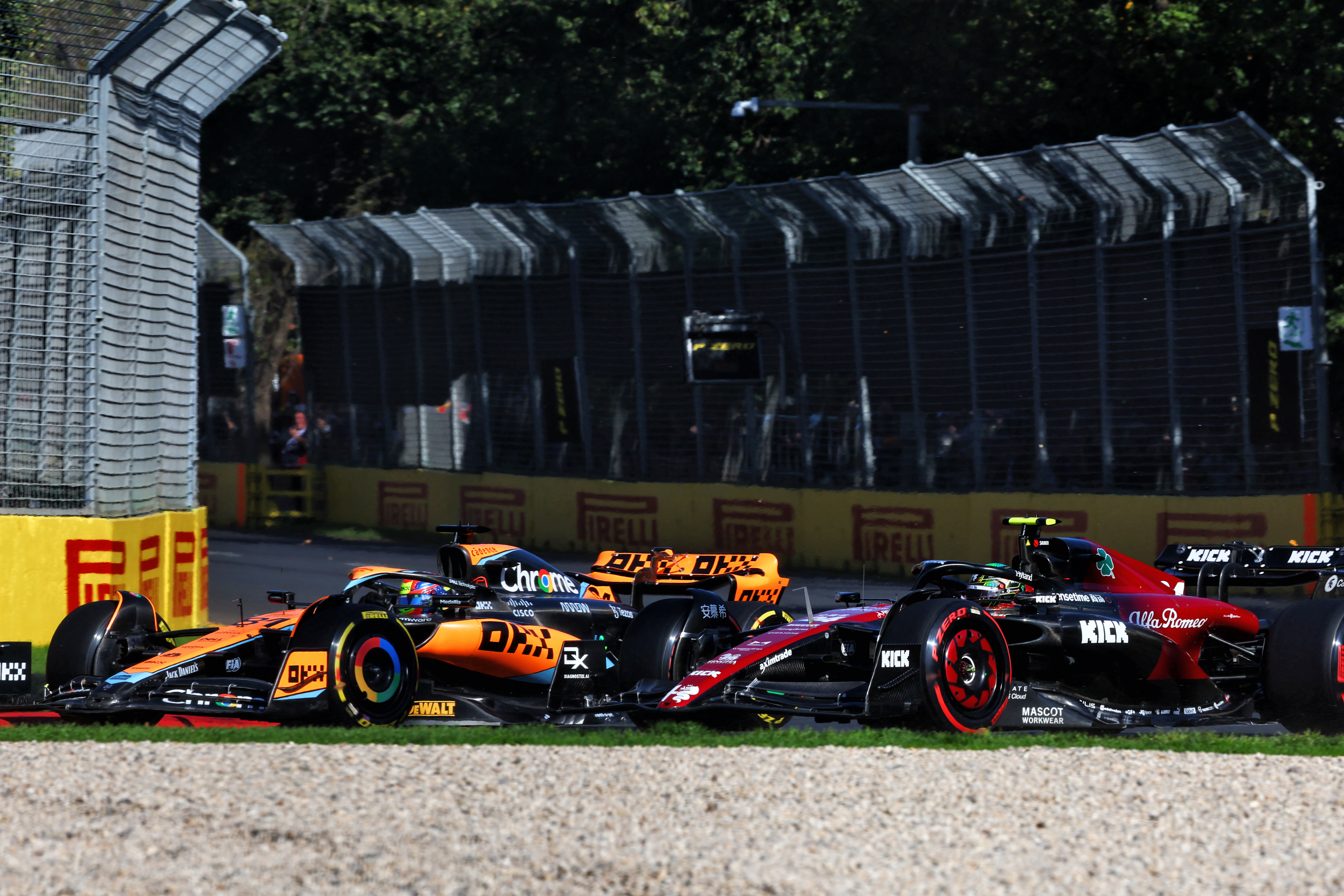
It is well established that Audi was interested in buying into McLaren before it ultimately settled for Sauber, so McLaren could have been the Audi works team from 2026 onwards as part of a blockbuster combination.
But it was only possible if McLaren sold part of the team to Audi, which wasn’t something McLaren would entertain. There were other talks over the winter too. As The Race reported at the start of the year, McLaren had initial contact with Honda over a potential reunion.
This always sounded like something unlikely, and just reflected McLaren Racing CEO Zak Brown’s desire to consider all options.
Brown was part of the McLaren hierarchy that Honda fell out with in 2017 and some scars run deep. The bigger problem, though, was Honda would only be tempted into an F1 engine project on the right terms.
With a vast fortune behind it, the Aston Martin project was both willing and able to help underwrite the cost of getting Honda to stop dithering and commit to a 2026 engine.
We can safely assume that didn’t go for McLaren. And that’s why the second of the two best chances for a works engine supply for 2026 failed to amount to anything.
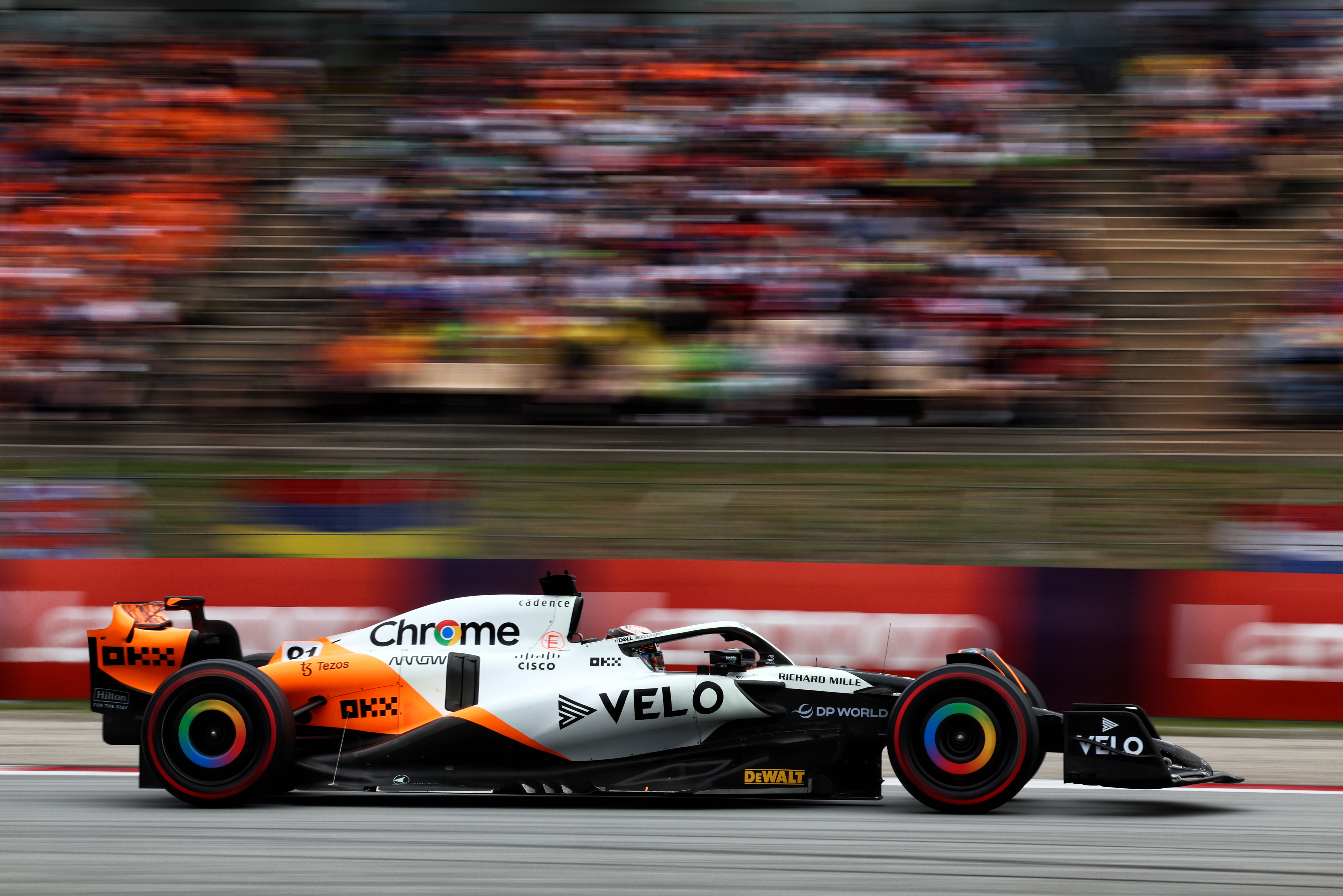
Beyond the confirmed manufacturers for 2026, though, there was another contender: Porsche. Porsche ended its formal evaluation of an F1 programme this year despite the championship still being of interest. Until recently it was still possible it would be a late addition to the 2026 party.
The Volkswagen Group-owned manufacturer wanted to enter F1 alongside sister brand Audi as part of the new engine regulations but talks with various teams, including McLaren, came to nothing because Porsche wanted to buy either a significant or controlling stake.
Porsche’s Red Bull discussions were its most high-profile effort to get on the grid but ultimately failed because Red Bull had created a new Powertrains division to build its first ever in-house F1 engine, so was in a great negotiating position.
It’s also been reported that Porsche had reasonably advanced discussions with Aston Martin for what would have been the partnership that Honda has ultimately landed. However, according to German publication Auto Motor und Sport, Porsche couldn’t meet Aston Martin’s timeline for a decision and wanted more than what Honda was willing to settle for.
As far as Red Bull and Aston Martin were concerned, each had its own alternative path to being a works team with its own engine. In Red Bull’s case it was an in-house project while Aston Martin did what was needed to get Honda to commit.
McLaren didn’t have such leverage. So why say no to Porsche? That partnership existed to great effect in the past, after all – McLaren won titles in the mid-1980s with engines that were branded TAG but built by Porsche.
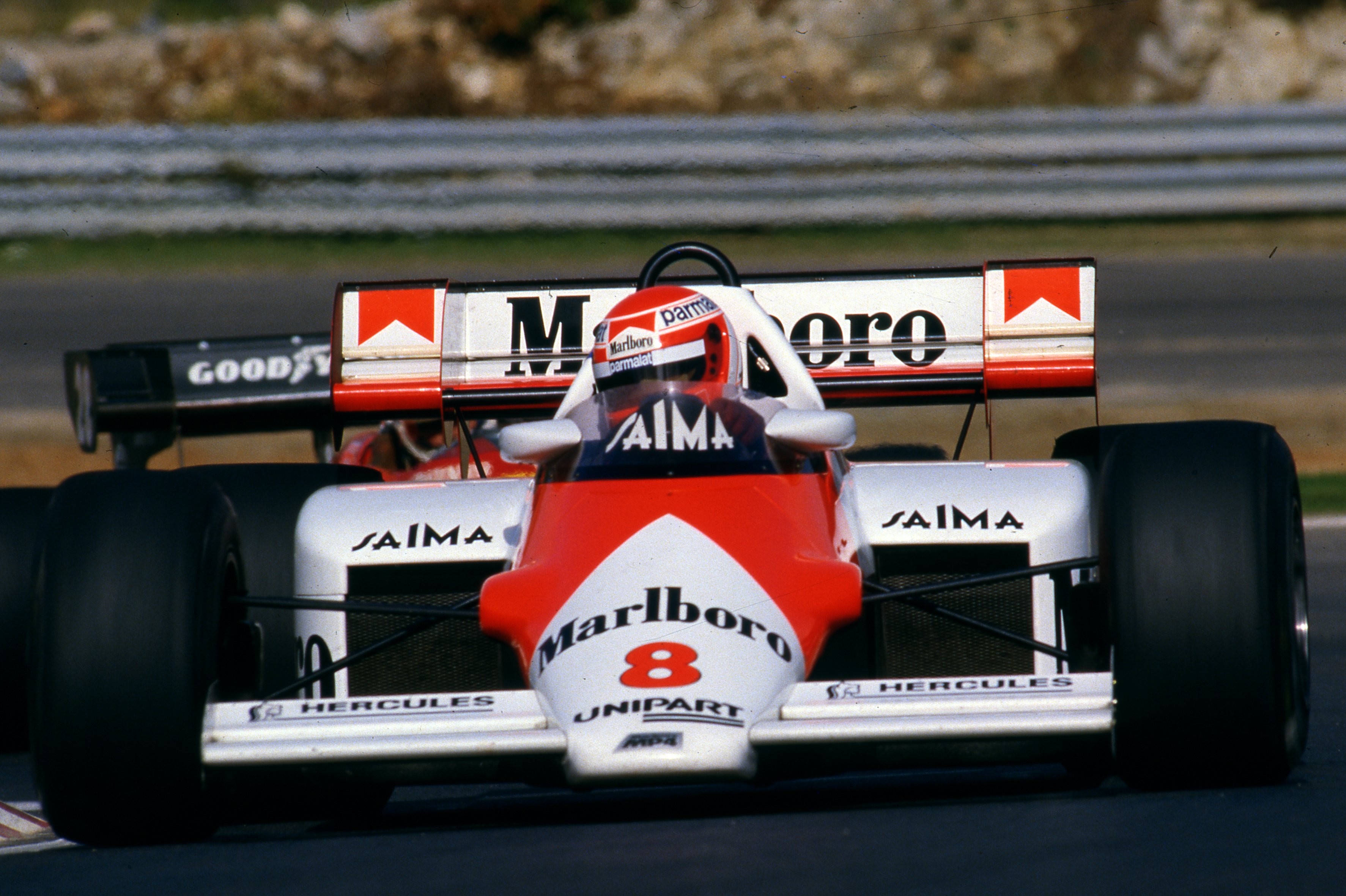
It’s ultimately the same reason McLaren said no to Audi. Based on what Audi’s done with Sauber, taking charge of 75% of the company by 2026, we can assume Audi would have wanted either a significant minority stake or an outright majority at McLaren too.
And we know that Porsche wanted to buy half of Red Bull. It would want the same from McLaren.
McLaren wasn’t willing to cede that much control in return for being a works team. It backs itself to achieve its goals in F1 as a customer and it does not want to be at the mercy of the board of an automotive manufacturer. Plus, selling would mean the existing shareholders give up a chunk of their assets. And with F1 teams, including McLaren, becoming profit-making entities, that doesn’t make a lot of sense.
Cynical though it may sound, financially it’s better to own the majority of a midfield F1 team than be a minority partner in a more successful one. Especially when McLaren’s shareholders have invested heavily in recent years, sticking by the team through major setbacks like ending its lucrative Honda deal in 2017 and the automotive company hitting financial difficulties especially around the COVID-19 pandemic.
In terms of McLaren’s long-term progress, a works engine supply would be ideal. There is no pretending otherwise and McLaren team principal Andrea Stella admits that this would be the priority.
For various reasons, though, it hasn’t been possible. At least not on terms that McLaren considers worthwhile.
McLaren basically sees its options as three “levels”, according to team boss Andrea Stella. The top one is a proper works engine. The middle tier is a customer engine from an established and competitive manufacturer. Last is a works engine from a completely new manufacturer.

The reason a new manufacturer is allegedly at the bottom of that priority list is the risk of a potentially uncompetitive engine or a project that would need a couple of years to come to fruition. McLaren wants to build a race-winning F1 car for 2026 and doesn’t want to take any chances that will be undermined by the engine. It might be a stretch to say it fears a Honda repeat but that will have definitely informed its thinking.
“Ideally, you are a works team, but with an established power unit manufacturer,” said Stella.
“Then there’s a customer with an established manufacturer.
“Joining a new partnership comes with some elements of risk.
“In 2026, we want to be there. We don’t want to be saying ‘OK, now we need two years because the project is too immature’.
“We want to be there from a chassis point of view, and sound from a power unit point of view.
“If I had to choose, I would always choose to be a works team. But I don’t think this is a fundamental differentiator to be able to win.”
If you believe that logic you can see why McLaren would have been hesitant at going with Porsche or Audi on unfavourable terms. Whether it’s the control of the team, naming rights, financial recompense – what McLaren would have to give up was not considered worth the risk.

Especially as McLaren knows it still has to do a better job as a customer – it’s not as if McLaren’s currently banging against a glass ceiling.
So if the best alternative is a customer deal, sticking with Mercedes makes sense. With all respect to Ferrari and Renault, McLaren’s not wasting its time switching its customer allegiance for what would be the third time in eight years.
And Red Bull might well produce a great F1 engine with Ford, but it’s this operation’s first crack at a power unit and there are two Red Bull teams that would be ahead of McLaren in the queue. So even though Brown visited Red Bull Powertrains facility in the winter, this was really a non-starter – no matter how much of a coincidence the arrival of senior Red Bull figure Rob Marshall at McLaren may appear to be.
“We had conversations with Red Bull a few months ago as part of the due diligence in exploring what’s available in the market in terms of power unit for 2026,” said Stella.
“But at the moment, we are quite advanced in our negotiations with [Mercedes] HPP. So there’s no conversation ongoing with Red Bull.”
McLaren is three years into its second spell as a Mercedes team, having recovered from the difficulties of its Honda partnership and a two-year interim stint as a Renault customer.
This has been a valuable reunion for McLaren that injected some much-needed technical consistency and gave McLaren a clear benchmark.
It has a well-established, good working relationship with an organisation that is well-equipped to supply multiple teams and has a ton of experience in doing exactly that. It’s a low-risk choice with a good chance of being competitive enough to fight for wins.
In the circumstances, the appeal is obvious. It is about as sure a thing as McLaren can bet on given there are so many unknowns at the moment about F1’s next era.
We cannot say whether this will or will not work for McLaren. But one of the few certainties is that among all the teams with big ambitions for F1’s next era, McLaren is the odd one out: Red Bull, Mercedes, Ferrari, Aston Martin, Audi and Alpine will all have their own works engines. And no team has won a title in the V6 turbo-hybrid era as an engine customer. The last time that happened at all, in 2013, Red Bull was still the de facto Renault works team.
“At the moment, if we look at our limitations, they have nothing to do with the power unit,” said Stella.
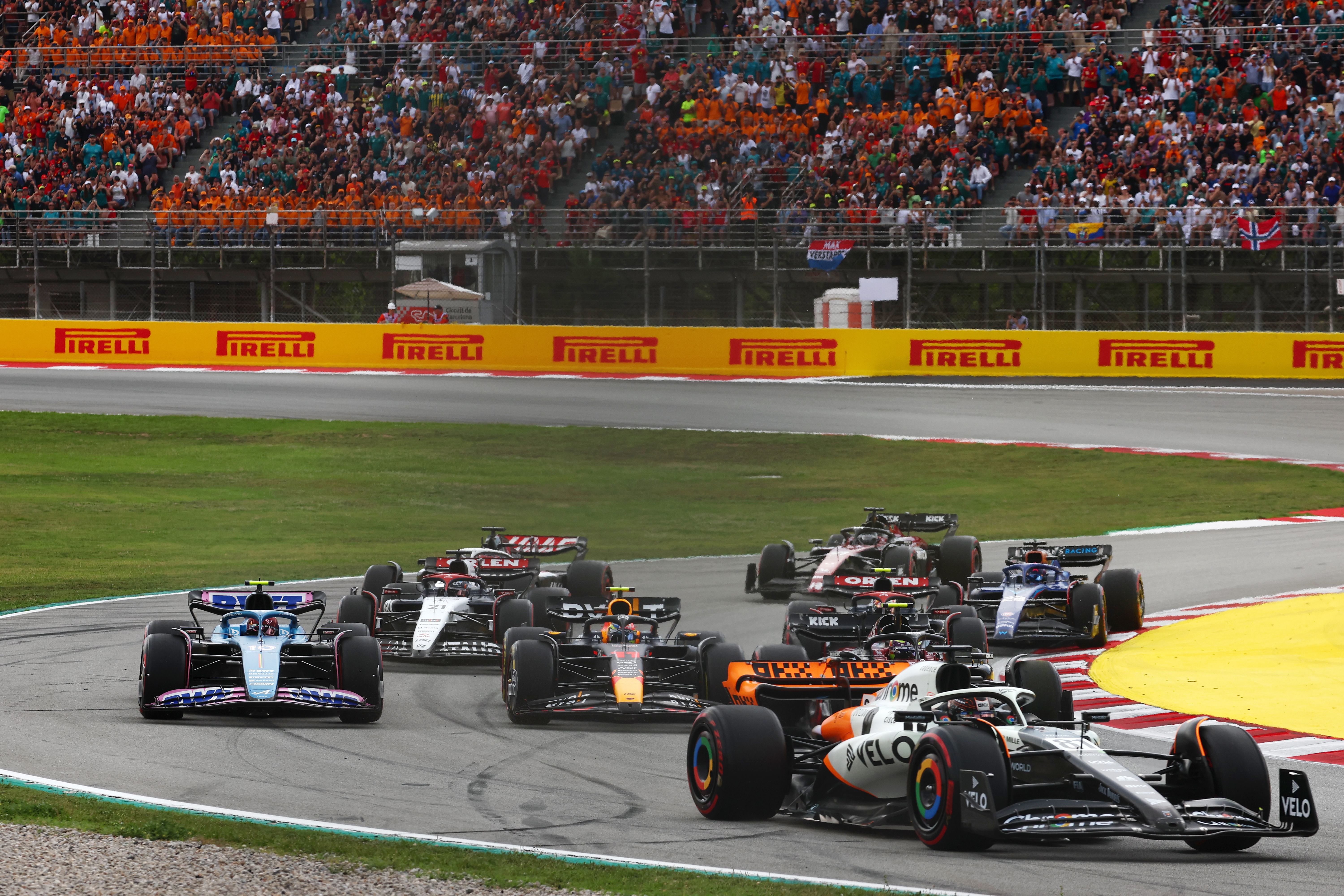
“They are much more fundamental. And that’s where I would like to keep the focus. Even when I think about aiming to improve from an aerodynamic point of view, or even to improve from a tyre point of view, the role of the power unit in terms of layout and construction and so on is really small.
“I remain convinced that it could be one of the final incremental elements of differentiation. But I don’t think that should be too much of a preoccupation.”
Whatever the logic, this arrangement is a competitive risk. If it fails – if Audi’s works team is a better overall package, for example – McLaren’s backers will need to live with the choice of owning more of a less successful team, and its drivers and employees may wonder what ceiling has been imposed on its performance.
McLaren probably made the best choice it could while deciding its future on its own terms. But it will need to be an exception to a clear-cut modern F1 rule if it is to succeed.







